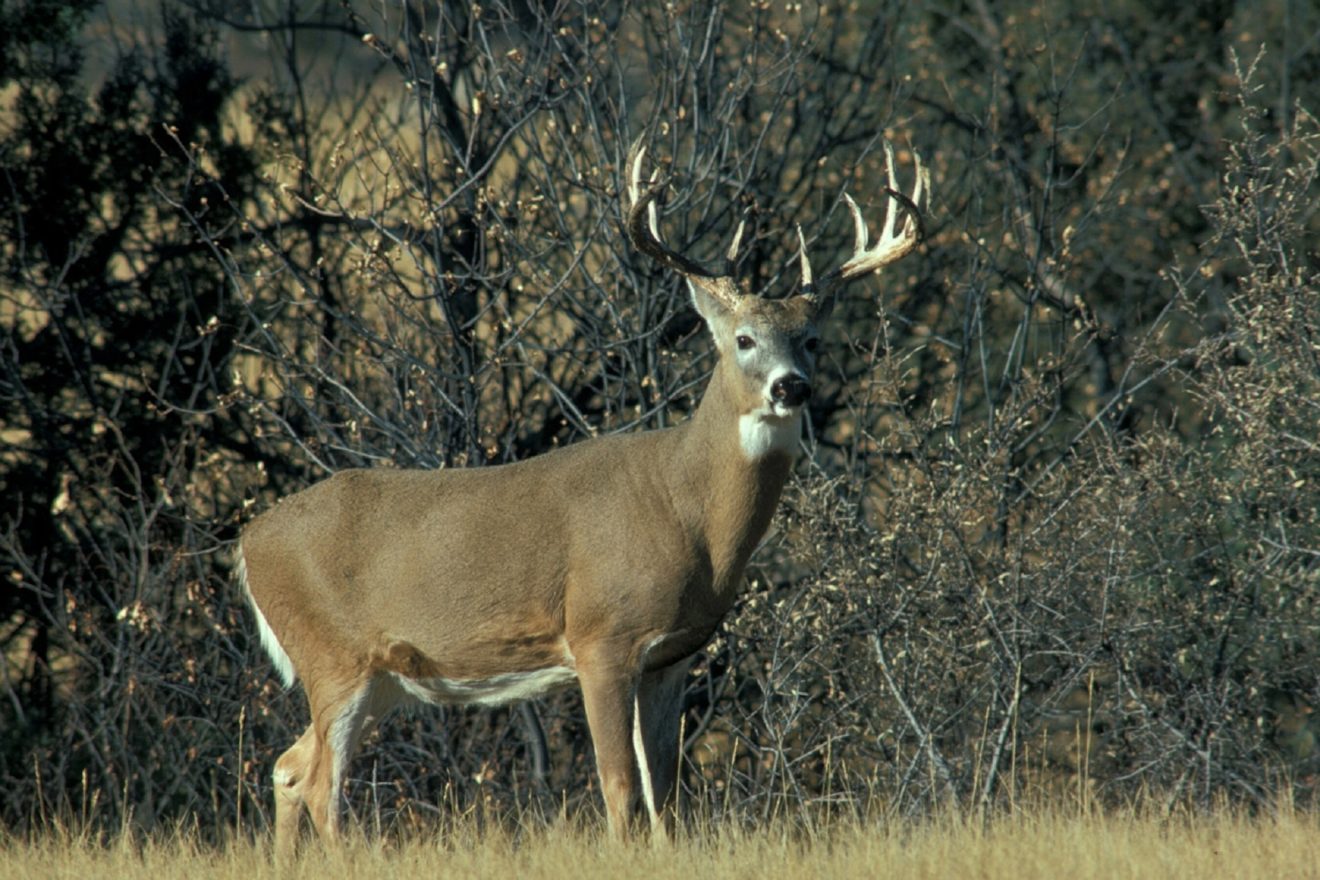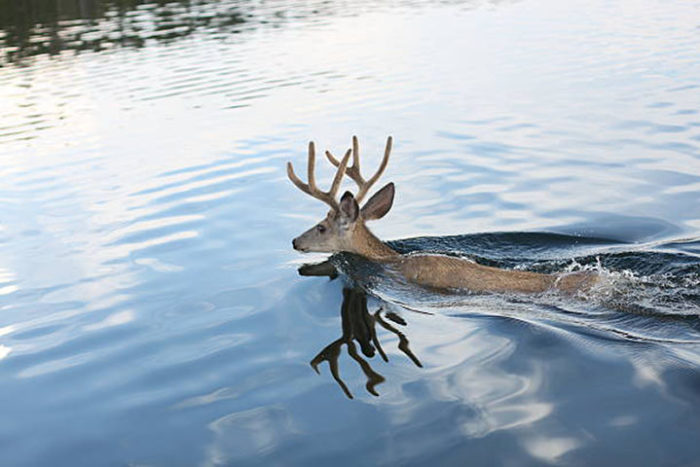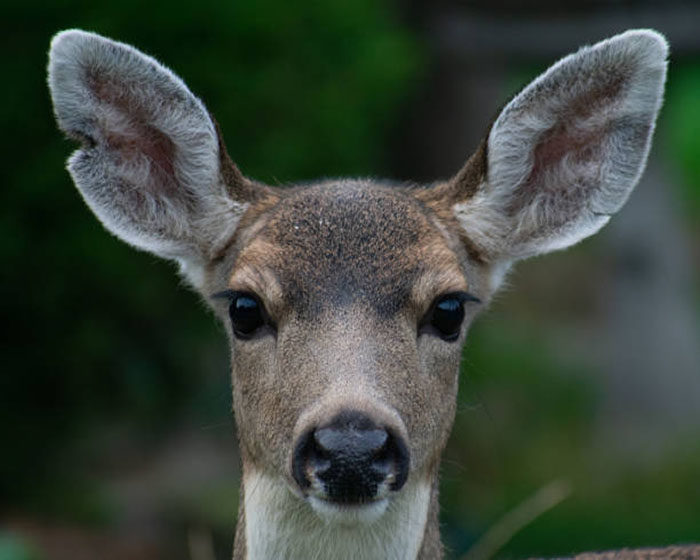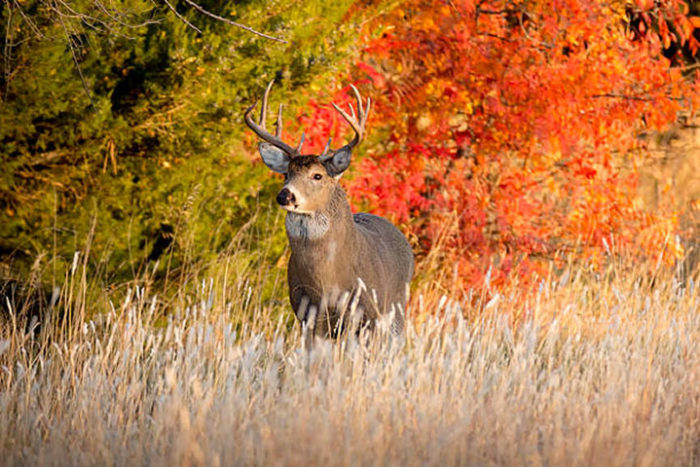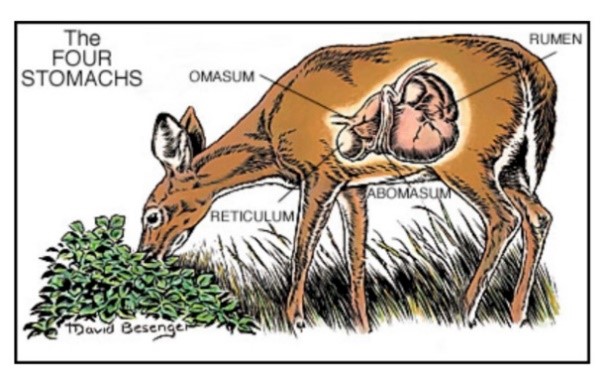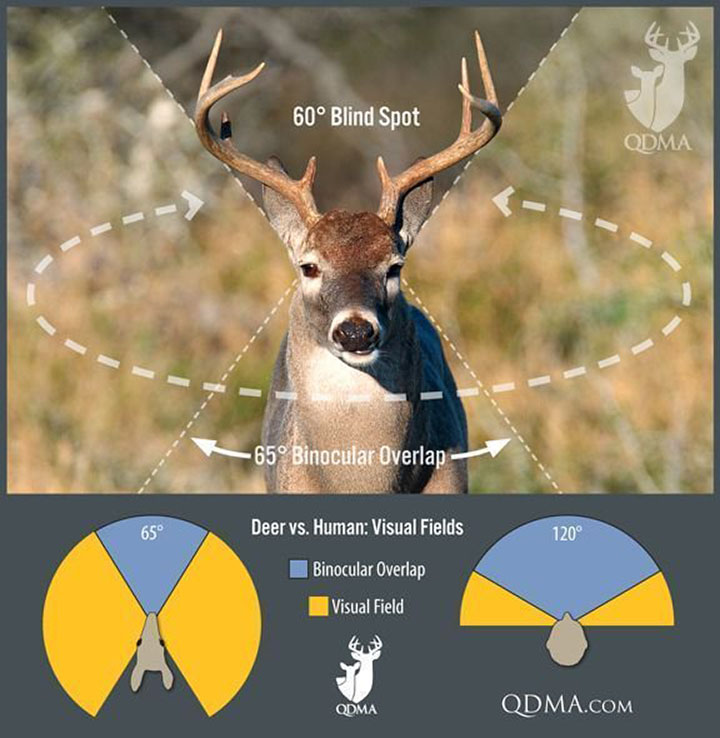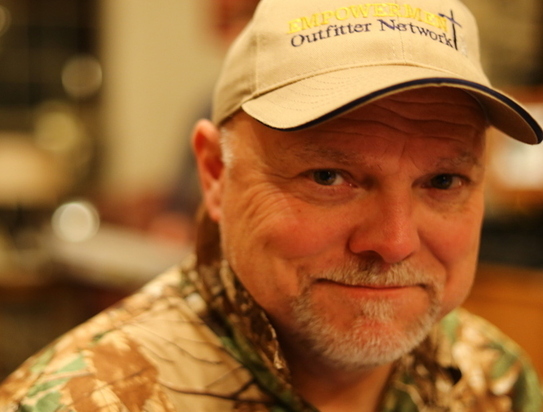The Straight 8: Things You Might Not Know About Whitetails
I’m fortunate to be able to see whitetails not only from the places I hunt but in and around my backyard. I often find myself gazing at them for minutes on end when they come across my view. I will always find them to be intriguing creatures. Shaking tails, lip curls, perked ears, and inexplicable bursts of escape – each movement means something.
If you’re anything like me, you continuously study their behaviors, if for no other reason than to gain an edge in hunting them. Here are eight facts about these fascinating animals we love to hunt. Some of them might surprise you.
Follicle Intimidation
Like goose bumps, deer can contract their arrector pili muscles near the root of each hair follicle and create a hair-raising effect. Whitetails often do this deliberately – usually as an offensive sign to communicate aggression. Like puffing their chest out, if you will. Many hunters view this during the rut when bucks are channeling their inner tough guy by posturing for other rival bucks.
Homeland Security
Whitetails have a home range that they reside in up to 90 percent of the year. Contained within this range is their smaller core area. However, like some species of animals, they do not guard their range against other animals. While they can become aggressive, it has nothing to do with territorialism.
Shedding, Not Sheds
Ever notice that in the spring and summer, whitetails sport coats that seem reddish-brown? Late in the summer, they shed this thin coat for one that’s darker and denser. The hollower hairs that replace the summer coat will ultimately keep deer warmer in the colder months. In my opinion, they make big mature bucks look even more formidable.
Meet in My Chambers
Whitetail deer are ruminants. What does that mean? They have a four-chambered stomach. They have an intricate digestive system that necessitates them to chew, regurgitate, and chew again (their cud). Without getting into a lot of anatomy and science, this means they can intake a lot of food at once and digest it later.
A Wider View of Things
Most hunters know that deer have good eyesight. However, there is a lot more to it. For example, a whitetail’s visual perception is greatest on a horizontal plane and lesser on a vertical one. This could explain why, all things equal, they have a more difficult time seeing hunters in elevated stands. On the other hand, according to biologists, whitetails have a vast peripheral vision range – up to 270 degrees. Think about that when you’re traversing the landscape of your hunting grounds or moving in your blind.
Pavlovian Learners
As deer hunters, we spend a substantial amount of time trying to pattern whitetails. Though it’s not easy, we can sometimes figure out their habits and routines. What about the other side of the coin? It’s no secret that deer usually sidestep people when they see, hear, or smell us. Just like the feeder or food plot elicits a positive response, objects like hunting stands can produce a negative effect. While deer cannot reason, they can certainly learn. There are both studies and many individual experiences by hunters that suggest this is true.
I’m Outta Here
“That deer is probably in the next county now.” I’ve heard that phrase many times. Heck, I’ve said it in response to the hunting pressure in some of the areas I hunt. Though sloppy movements and hunting habits can (and do) drive deer away, they typically don’t venture all that far. Sure, they may cling more to thicker cover and travel more by night, but research shows that they remain fairly close to their normal home range.
Based in Texas, Jerald Kopp is President of 1st Light Hunting Journal. His articles cover a variety of topics about hunting and the outdoor lifestyle. Jerald is an avid outdoorsman with deer hunting and whitetails being by far his greatest passion. He was introduced to hunting and fishing at an early age and has been enjoying it for 40+ years. In 2005, he established the Empowerment Outfitter Network (EON) – a faith-based non-profit organization that provides hunting opportunities for disabled and terminally-ill children and youth. When not hunting, he spends his time traveling and enjoying life with Amy, his wife of over 30 years. Jerald and Amy have two adult daughters and a son-in-law.

